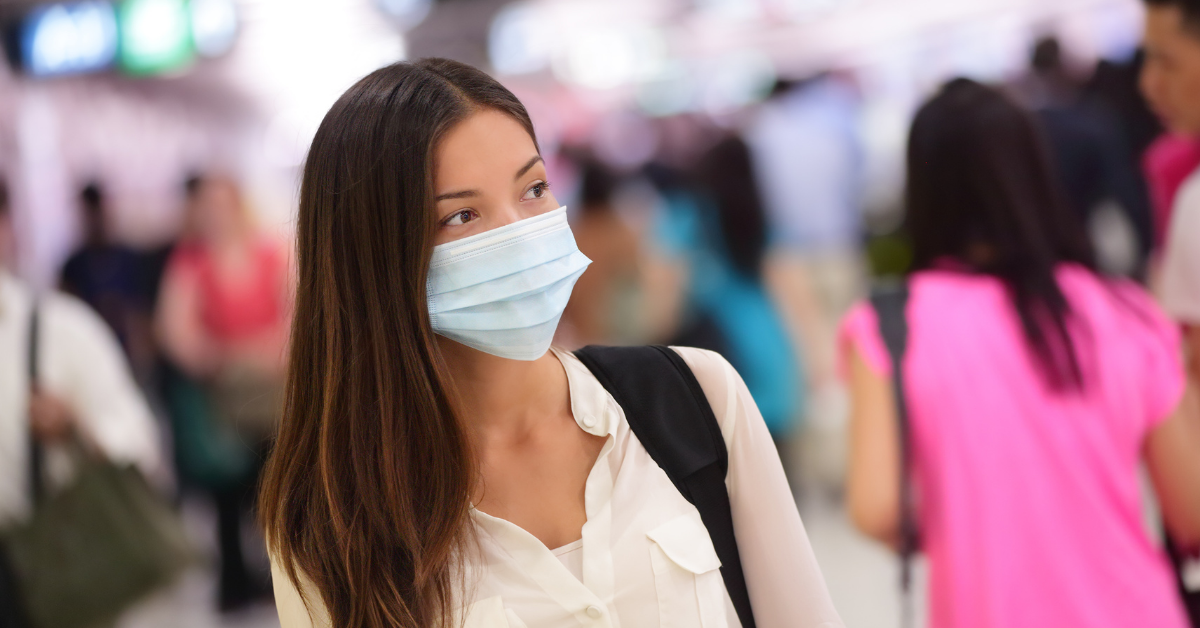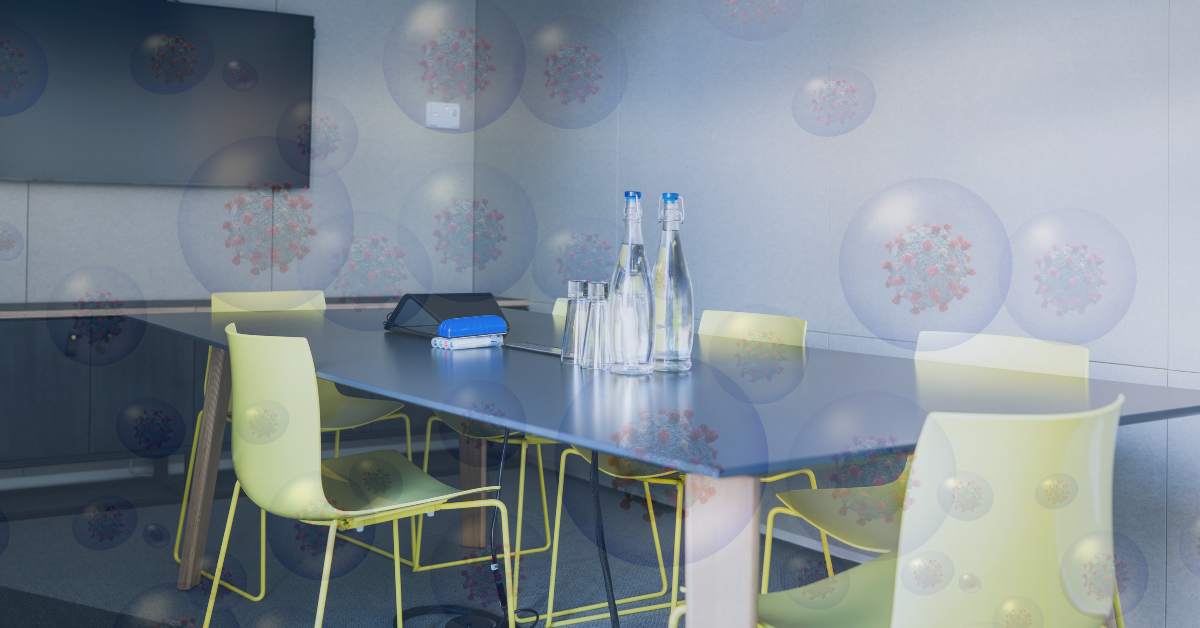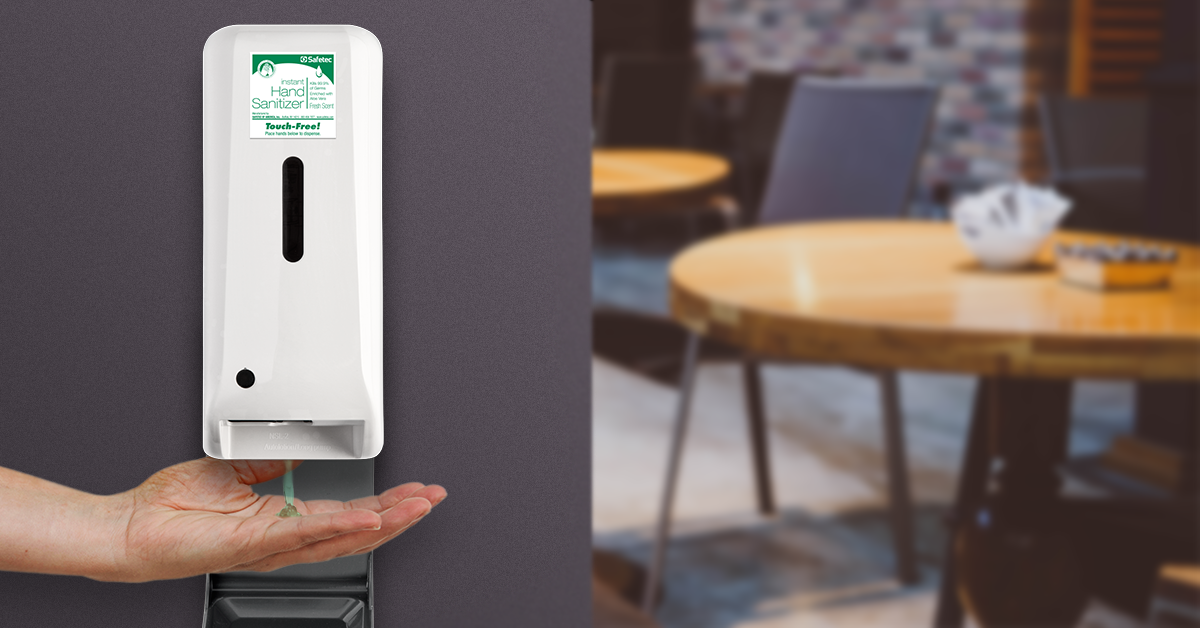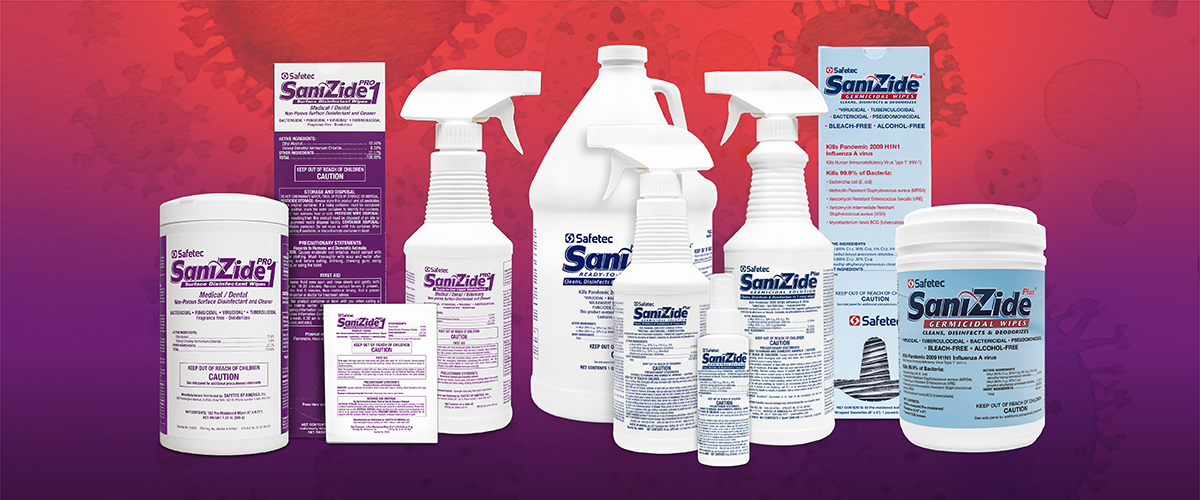
Is SARS-CoV-2 (COVID-19) Airborne?
 The Centers for Disease Control and Prevention (CDC) recently revised its guidance on how SARS-CoV-2, the virus that causes COVID-19, spreads to include airborne transmission. This means that people with COVID-19 can infect others even if they are more than six feet apart via aerosols, which can linger in the air for “minutes to hours” and travel father than six feet. Why is this significant, and what does it mean for you? Let’s dive in.
The Centers for Disease Control and Prevention (CDC) recently revised its guidance on how SARS-CoV-2, the virus that causes COVID-19, spreads to include airborne transmission. This means that people with COVID-19 can infect others even if they are more than six feet apart via aerosols, which can linger in the air for “minutes to hours” and travel father than six feet. Why is this significant, and what does it mean for you? Let’s dive in.
Respiratory Droplets vs. Aerosols
What’s the difference between the virus spreading through respiratory droplets and being airborne? It comes down to size and how they travel.
Respiratory droplets are larger than aerosols (microscopic droplets or particles). Larger respiratory droplets get sprayed onto nearby individuals and fall to the ground within seconds and within six feet of the source.
Viruses in aerosols are smaller and do not fall to the floor quickly. They can linger in the air for minutes or hours and can then be inhaled because of their small size. According to the CDC, despite being much smaller than respiratory droplets, they are concentrated enough to spread COVID-19 to other people. Need a visualization? Think of cigarette smoke that lingers in the air in poorly ventilated areas that can be inhaled.
Preventing airborne transmission of COVID-19

The CDC maintains that the main transmission mode is still through close contact (within six feet) and prolonged exposure with an infected person through respiratory droplets. Respiratory droplets are expelled when someone sneezes, coughs, talk, sings, or breathes. The droplets are inhaled or absorbed when they touch their hands to their eyes, nose, or mouth.
However, there is evidence that, under specific conditions, people with COVID-19 seem to have infected others who were more than six feet away. These transmissions occurred within enclosed spaces with poor ventilation, usually when the infected person was breathing heavily.
The best way to prevent airborne transmission is to avoid indoor gatherings, especially places that are not well ventilated, with people outside your household. Beyond wearing a mask and social distancing, using a portable air purifier is one way to reduce airborne contaminants in an enclosed space.
Further COVID-19 Prevention Guidelines
The CDC still recommends wearing a cloth mask and social distancing as the primary means of preventing infection. Also, frequent and thorough hand washing, disinfecting commonly touched surfaces, and self isolating if sick.
If you manage a facility or are responsible for employees’ safety, air filtration and ventilation systems could be an important piece to the puzzle as social distancing, being outdoors, and limiting interactions becomes more difficult in the winter months.
The Bottom Line
Cold and flu season has arrived and will complicate how we have been trying to control this pandemic. As respiratory infections rise over the next 5-6 months, make sure you are stocked up on hand sanitizer, hand soap, and disinfectant before winter is in full swing.

Recommendations and best practices for avoiding the transmission of COVID-19 will continue to change and evolve. We are still learning about how the virus spreads and the severity of the illness it causes. We do know that we can mitigate the risks of spreading COVID-19 by disinfecting frequently touched surfaces and having hand sanitizer readily available when soap and water are not. We don’t yet know what cold and flu season will bring on top of the ongoing pandemic, but preparation is the key to success.
American-Made Infection Control
Safetec is dedicated to infection prevention. Our team follows exemplary quality control procedures when developing and manufacturing products, and complies with the FDA Code of Federal Regulations and EPA guidelines. We know our products are essential now more than ever.
Safetec has increased production of the products effective against the Novel Coronavirus or that will help prevent the spread. Click Here to view our COVID-19 product page and check out our surface disinfectants- EPA Registered, hospital grade, and effective against SARS-CoV-2, the virus that causes COVID-19.

Sources: https://www.cdc.gov/coronavirus/2019-ncov/prevent-getting-sick/how-covid-spreads.html
